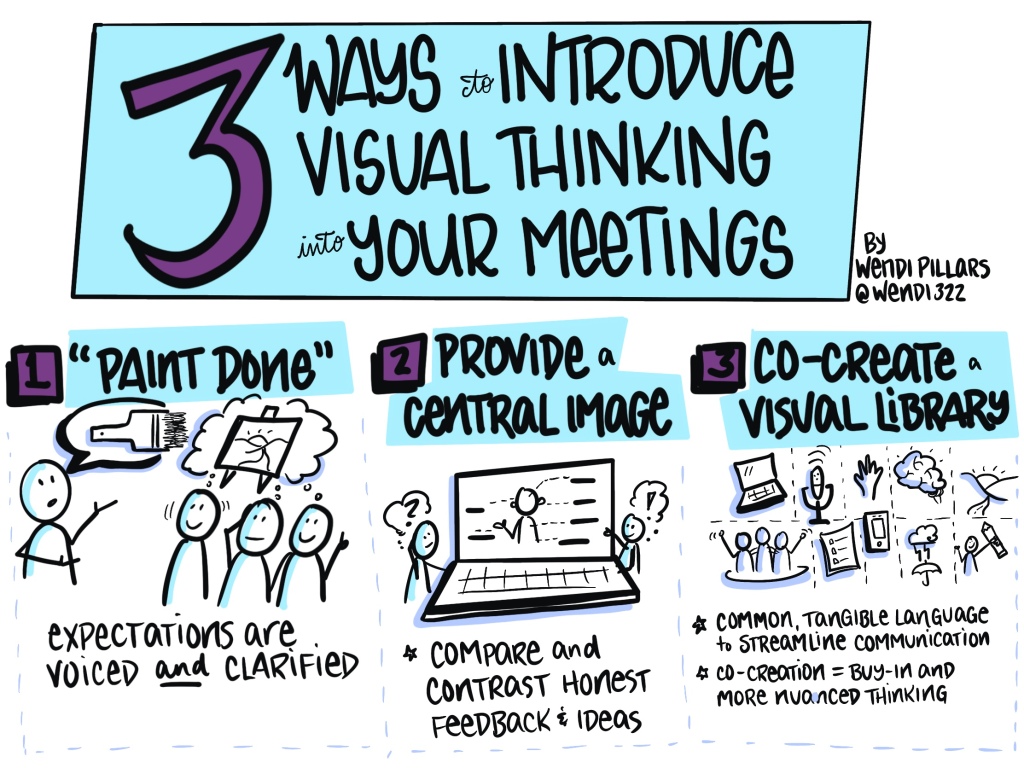
…in order to succeed.
There’s a LOT of talk about how imagining yourself achieving your goals and your heart’s desire can speed up its fruition. I’ve even pushed my students and clients a little further, encouraging them to imagine others’ reactions to their success! It’s a little misleading, though, since all of this visualizing tends to focus more on the outcome than on the process(es) that will get them where they want to be.
There are a lot of people I have worked with through the years who do “all the right things” to manifest their dreams and successes, yet fail demonstrably. “But I write my goal down everyday and think about it!” “I have my goal posted to see everyday and it motivates me more!” “I’ve told my friends what I want and even posted it on social media, so I’ve made it public!” These are all great ideas, especially when they promote accountability.
Alas, the goals were not meant to be, the eager goal-setters were disappointed and thus began the downward spiral. Mental
Mental contrasting is an activity (and phrase) attributed to Gabrielle Oettingen, a motivation psychologist who has shown its benefits in various realms of human behavior. From academic success to dietary shifts and habit formation, mental contrasting has helped people worldwide achieve greater success through one simple extra step.
They imagine what could go wrong, the obstacles they might encounter along their pathway. In doing so, they equip themselves with a backup plan, a defense, and more transparency in their “blind spots”. Naive optimism isn’t helpful, and mental contrasting helps big thinkers remember their constraints of reality. It reminds us that life has a way of showering humility upon us when we’re least expecting it.
Many of us already do some sort of mental contrasting. It’s akin to the stoic version of negative visualization, in which stoic philosophers would run through all the things that could go wrong so as to prevent surprise and disruption. Working that into your plans can be pretty helpful as we learn to manage our expectations, even on a daily basis.
My greatest takeaway from all of this is that there are millions of factors outside our control, so we shouldn’t be surprised when things go awry. But if we anticipate imperfection in our so-called perfect plans, we are far less likely to be completely derailed by the obstacles we inevitably face.
And of course, clearly indicating possible obstacles on a tangible, sketched out plan, will ensure that everyone on your team will be equally equipped to handle the unknown and persist regardless.
That, dear readers, is you’ll actually become more successful when you visualize your failure.
Reconsider one goal on your vision board. Think of 3-5 things that could go wrong. (Get your team to help if that’s your context.) Be realistic. Then go out and crush your process, and go after what you want. You’re a lot more equipped for success now.











